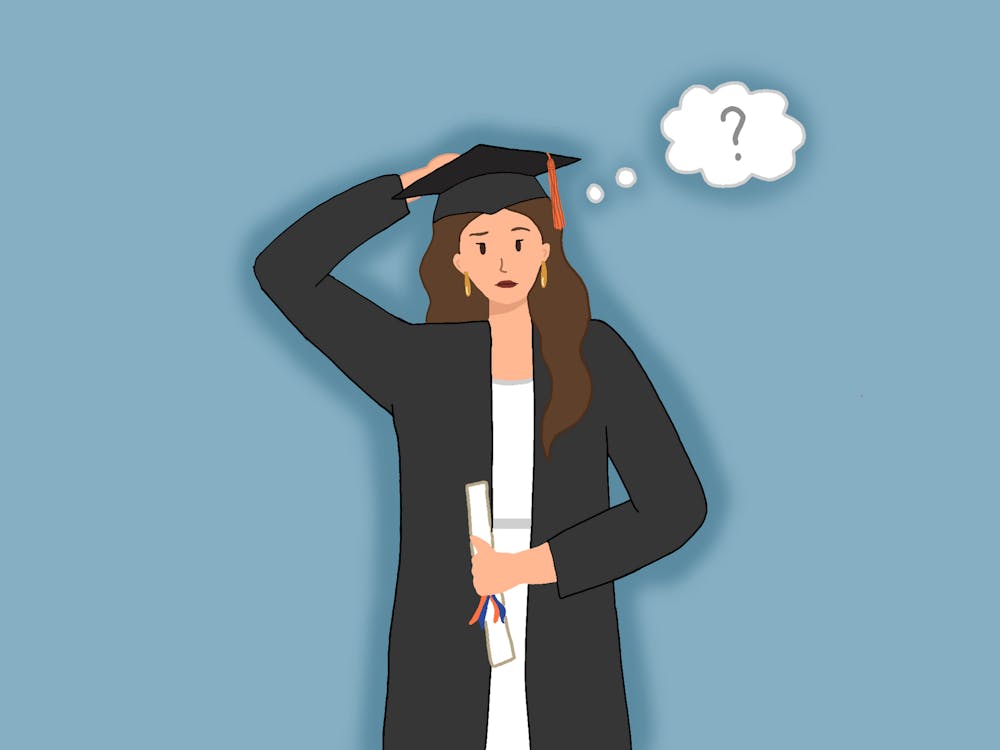Today, as annual tradition dictates, The Cavalier Daily exercised its legal right to publish the salaries of the University's faculty members. In the past, this practice has garnered criticism from, along with questions as to why this information, although public, is printed in the first place. Not intended to be an invasion of privacy, this feature simply allows students and taxpayers to reflect on how the University spends its money.
The amount listed on one's paycheck is typically tip-toed around during social interactions. This contrived number is often seen as a direct measure of an individual's success or worth, and it is this misconception that has created the dog-eat-dog mentality of today's corporate world.
Faculty should be cognizant that University students are generally intelligent enough not to buy into the notion that a person's salary reflects his worth. Even if this were the case, though, the salaries reported often do not even represent a faculty member's total annual earnings. The information is only indicative of what staff and faculty members receive directly from the University. Per this report, for example, President John T. Casteen, III earned $487,000 for the year. A significant portion of Casteen's income, however, is missing from the data; his annual compensation totals $797,048, the remainder of which originates from private sources for travel expenses and so forth.
Moreover, University employees do not necessarily rely solely upon this income to support themselves or their families. Professors often have multiple streams of income: book royalties, grant awards, speaking engagements, etc. University-paid physicians also may receive income from private practices, just as University law professors may engage in consulting on the side.
Providing this information in print serves to outline precisely where Virginia tax dollars and University tuition fees are distributed. Taxpayers and students both have reason to scrutinize why a particular department is better funded than another or why one tenured professor makes more than one tenured professor.
Although there is most likely a well-developed rationale behind why the University pays Professor X more than Professor Y, we hope that having a transparent payroll will keep the University more honest and fair with its allocation of funds.
During hard economic times when budget cuts run rampant and jobs are scarce, the state's compensation of its employees is examined under the microscope in the hope of engineering new ways to cut corners and avoid extensive layoffs or salary reductions. The economic downturn, in conjunction with the recent revival of the Living Wage Campaign, should encourage incoming Preside Teresa A. Sullivan to ensure University employees are compensated to the fullest extent possible.
Some may continue to frown on The Cavalier Daily's publication of these salaries and view it as a disrespectful practice. Nevertheless, understanding how faculty members are paid is of particular relevance to the University community.






